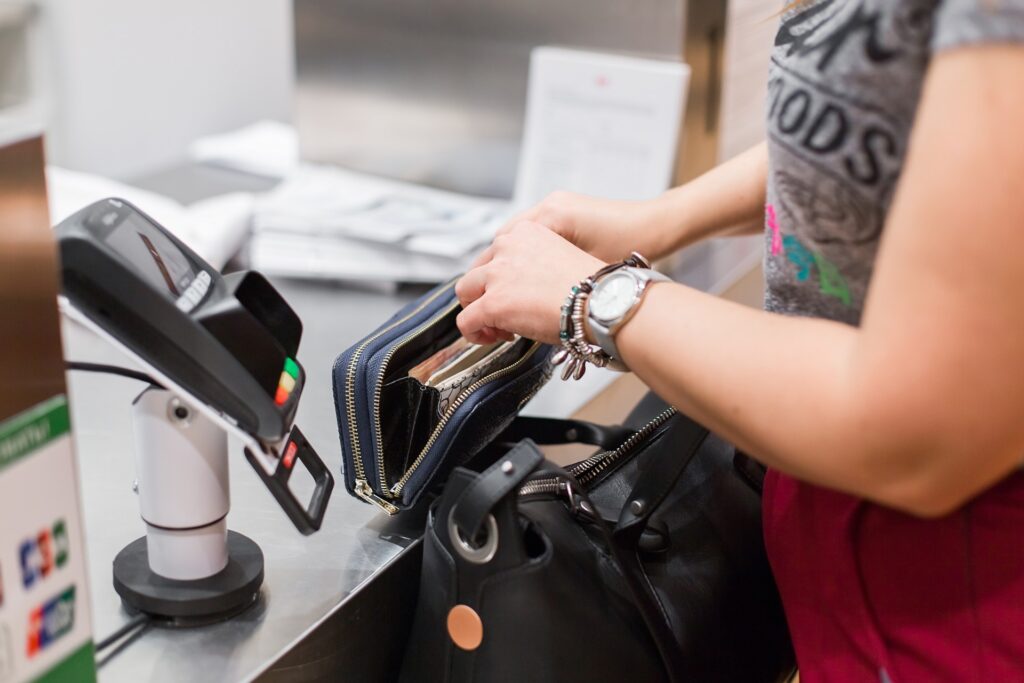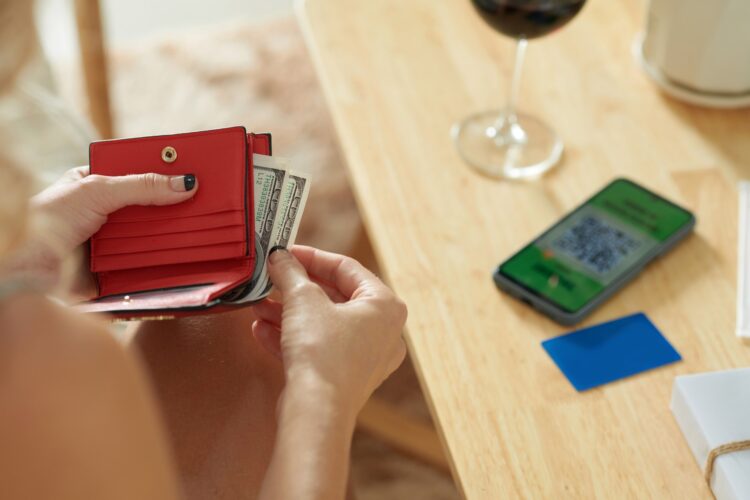In the digital age, protecting your personal information is more crucial than ever, especially as identity theft and digital fraud continue to rise. An RFID (Radio Frequency Identification) wallet can provide essential protection against electronic pickpocketing, a modern concern where thieves skim data from RFID-enabled cards without ever physically touching them. But with various styles, materials, and features available, choosing the right RFID wallet can be overwhelming.

1. Assess Your Needs
Start by considering what you typically carry in your wallet. Do you need something that accommodates multiple credit cards, or are you a minimalist who prefers to carry only the essentials? Understanding your carrying habits will help determine the size and type of RFID wallet that best suits your needs.
- High Capacity: For those who carry several cards, receipts, and perhaps even a passport, look for RFID wallets designed with multiple slots and compartments.
- Minimalist Designs: If simplicity is key, a slim RFID card holder might be ideal, focusing on compactness and the essentials.
2. Consider Durability and Material
The material of your RFID wallet not only affects its appearance and feel but also its durability and functionality. Common materials include leather, metal, and synthetic fabrics, each offering different benefits:
- Leather: Classic and elegant, leather RFID wallets are durable and age beautifully but can be bulkier and heavier.
- Metal: Wallets made from aluminium or other metals offer robust protection and a modern look but might be heavier and less flexible in terms of storage capacity.
- Synthetic: For a lightweight, water-resistant option, synthetic materials like nylon are ideal, offering durability with less bulk and often at a lower price point.
3. Style and Personal Aesthetics
Your wallet is not just a practical item; it’s also a personal accessory that can reflect your style. RFID wallets come in various designs, from traditional bifold or trifolds to futuristic-looking hard cases. Choose a style that aligns with your personal taste and how you typically dress. If you wear suits regularly, a sleek, classic leather wallet may complement your professional appearance. Conversely, if you prefer casual wear, a more rugged, synthetic design might be more appropriate.
4. Security Features
While the primary purpose of an RFID wallet is to block unauthorized scans, providing contactless theft protection, additional security features can be a bonus:
- Closure Mechanisms: Features like zippered compartments or secure clasps can help ensure that contents stay within the wallet, reducing the risk of physical loss.
- Hidden Compartments: For added security, some RFID wallets offer hidden pockets where you can store extra cash or sensitive items.
5. Brand Reputation and Warranty
Investing in a wallet from a reputable brand can mean better quality and customer service. Many reputable brands offer warranties, some as extensive as 65 years, which can provide peace of mind regarding your purchase. Research customer reviews and brand histories to gauge reliability and customer satisfaction.
6. Price vs. Quality
While it might be tempting to opt for the cheapest option, investing in a higher-quality RFID wallet can save you money in the long run. Higher-quality materials and construction mean that the wallet will likely last longer and provide better protection. Determine your budget, but consider stretching it slightly for significantly better quality or additional features that meet your needs.
Choosing the perfect RFID wallet involves balancing functionality, style, and security. By carefully considering your needs and preferences, you can select a wallet that not only protects your personal information but also complements your lifestyle and lasts for years to come. Remember, an RFID wallet is more than just a practical accessory; it’s an investment in your security and peace of mind.

